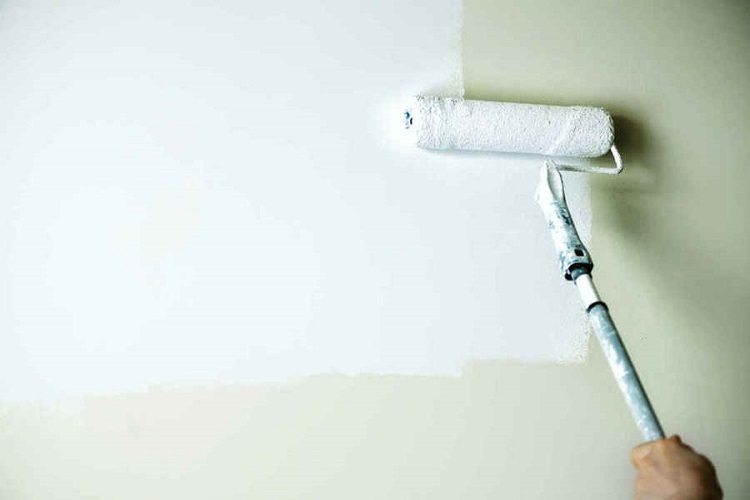Mould is a type of fungus that grows on surfaces and can cause serious damage to buildings. This type of fungus can grow on almost any surface, including wood, plaster and concrete. Mould grows silently and can go undetected for some time before you notice the signs of mould growth.
Mould spores exist in the air all around us, but they only grow when conditions are favourable. Warmth and moisture are required for the spores to germinate and grow into colonies on any surface.
The easiest way to prevent mould from growing inside your home is by controlling humidity levels. Maintaining a balance between too dry and too humid conditions helps prevent mould growth.
For those who have already discovered mold in their home, there are several different methods available for treating mould infestations. Some of these methods include using bleach or vinegar mixed with water as well as using an anti-mould paint product such as Interior & Exterior Primer & Sealer that contains fungicides that kill any existing or future mould spores on contact.
There are two types of antimicrobial paints: one type contains silver ions (Ag+) which kill bacteria; the other type contains triclosan which kills bacteria by slowing down their metabolism so they run out of energy before reproducing themselves.
Both types of antimicrobial paints work by releasing small amounts of these chemicals over time into the environment where they kill germs like bacteria, fungi or viruses that land on them when they are wetted by water droplets (such as raindrops) or condensation from warm indoor air moving over cooler exterior walls.
Table of Contents
Is anti-mould paint safe?
Yes, anti-mould paints are safe for interior use in homes and commercial buildings. They contain no harmful ingredients, such as lead or mercury, which would be found in older paints that contain lead pigment.
How do I know if my wall is porous?
If your walls are made of drywall (also known as sheetrock), they’re probably not porous. But if they’re plaster or concrete block, they could be porous — especially if they’re old or damaged by water damage or cracks. You can find out if your walls are porous by putting newspaper on them and seeing how much gets soaked up after 24 hours. If there’s no absorption, then they’re probably not porous and won’t need to be primed before painting with an anti-mould product
Anti mould paints are one of the most efficient ways to kill mould and its spores. This is because they contain ingredients that can destroy microscopic mould spores, which are the main cause of odour and health problems. If you want to buy anti mould paint you can contact any local dealer.









